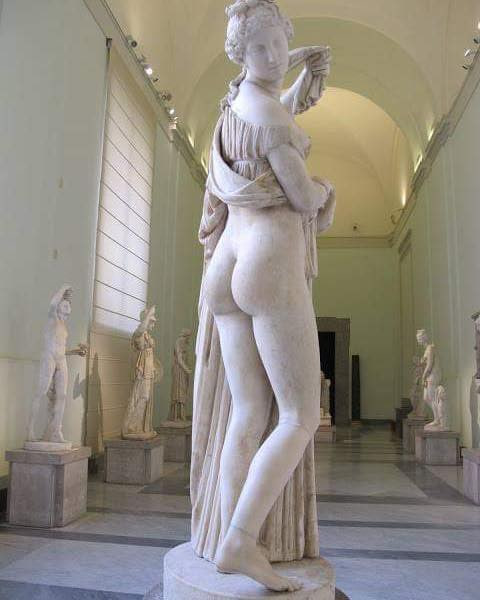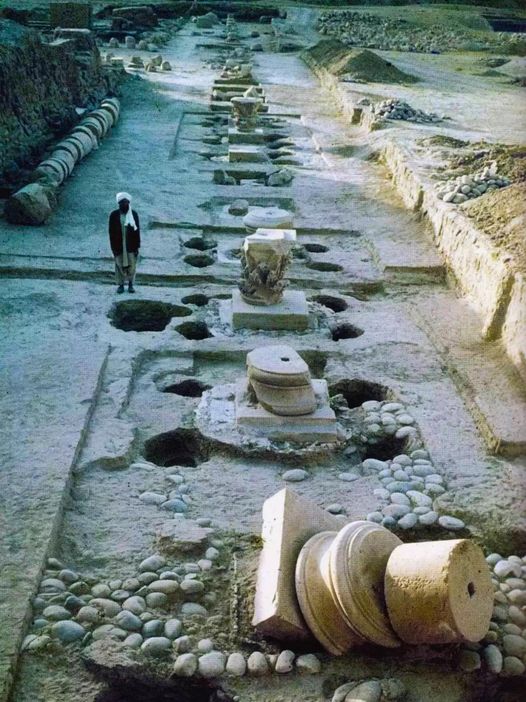In the annals of history, few empires have left as profound an impact as the Mongol and Roman Empires. Spanning vast territories and shaping the course of civilizations, these two formidable powers stand as testament to the heights of human achievement and ambition. Join us as we delve into the comparison between the size of the Mongol Empire and the Roman Empire, uncovering the geographical extent and historical significance of these monumental entities.
The Roman Empire: A Colossus of Antiquity
The Roman Empire, at its zenith, encompassed vast swathes of territory across Europe, Africa, and Asia. From the misty highlands of Scotland to the deserts of Egypt, the Roman Empire spanned approximately 5 million square kilometers at its greatest extent. Established in 27 BCE and enduring for over five centuries, it left an indelible mark on the regions it conquered, shaping language, law, and culture for generations to come. From the grandeur of Rome itself to the provincial cities and military outposts scattered across its domains, the Roman Empire stood as a symbol of power and civilization.

The Mongol Empire: Conquerors of the Steppes
In stark contrast to the Roman Empire's longevity, the Mongol Empire emerged as a whirlwind force of conquest and expansion during the 13th and 14th centuries. Under the leadership of figures like Genghis Khan and Kublai Khan, the Mongols swept across the Eurasian steppes, forging an empire that stretched from Eastern Europe to the shores of the Pacific Ocean. At its height, the Mongol Empire covered approximately 24 million square kilometers, making it the largest contiguous land empire in history. With their unparalleled military tactics and organizational prowess, the Mongols reshaped the geopolitical landscape of Eurasia and facilitated the exchange of goods, ideas, and cultures along the Silk Road.
Comparing the Size: Dimensions of Power
When comparing the size of the Mongol Empire to the Roman Empire, it becomes evident that while the Roman Empire was expansive, the Mongol Empire surpassed it in sheer territorial extent. Spanning from Eastern Europe to East Asia, the Mongol Empire dwarfed the Roman Empire in geographical scope, encompassing diverse landscapes, peoples, and cultures. While the Roman Empire boasted a rich legacy of governance, infrastructure, and cultural achievement, the Mongol Empire's nomadic origins and military prowess enabled it to conquer and rule over vast territories with remarkable efficiency.

In conclusion, the comparison between the size of the Mongol Empire and the Roman Empire highlights the diversity and complexity of human history. While both empires left an enduring imprint on the regions they once controlled, their trajectories and legacies differ significantly. The Roman Empire, with its enduring institutions and cultural heritage, shaped the foundations of Western civilization. In contrast, the Mongol Empire, with its nomadic origins and unparalleled conquests, reshaped the geopolitical landscape of Eurasia and facilitated cultural exchange across continents. Through the study of these empires, we gain insights into the complexities of power, governance, and human interaction, underscoring the importance of understanding our past to navigate the challenges of the present and shape the future.










